-
Corporate Information
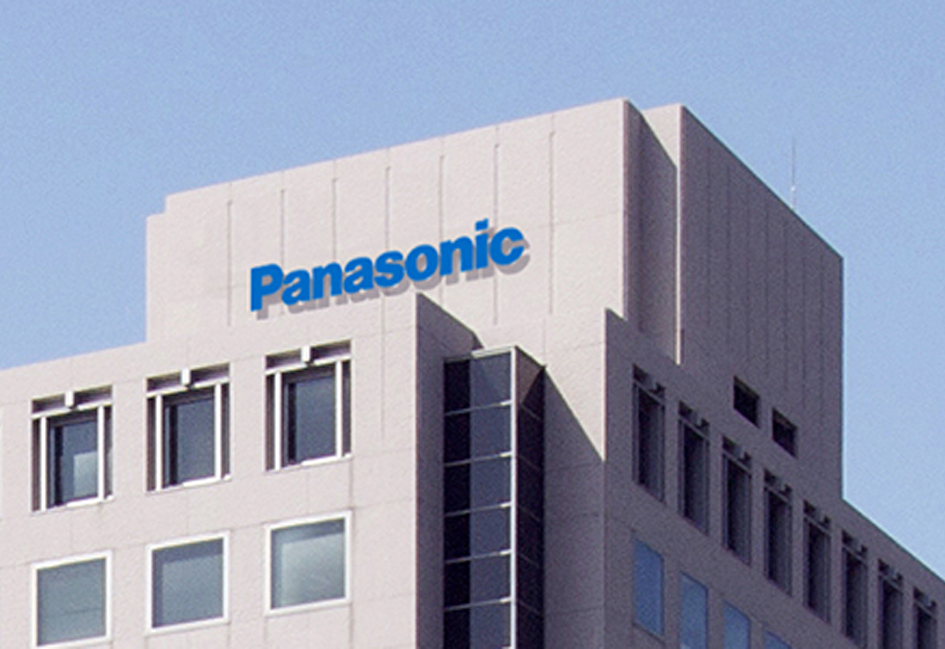
× CLOSE
-
Our Business
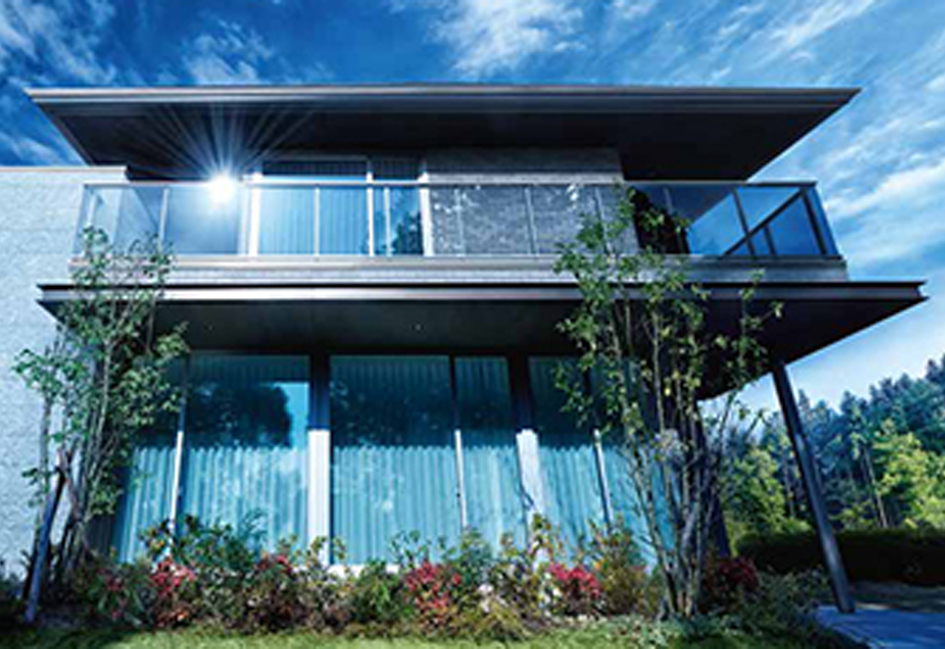
× CLOSE
-
Technologies
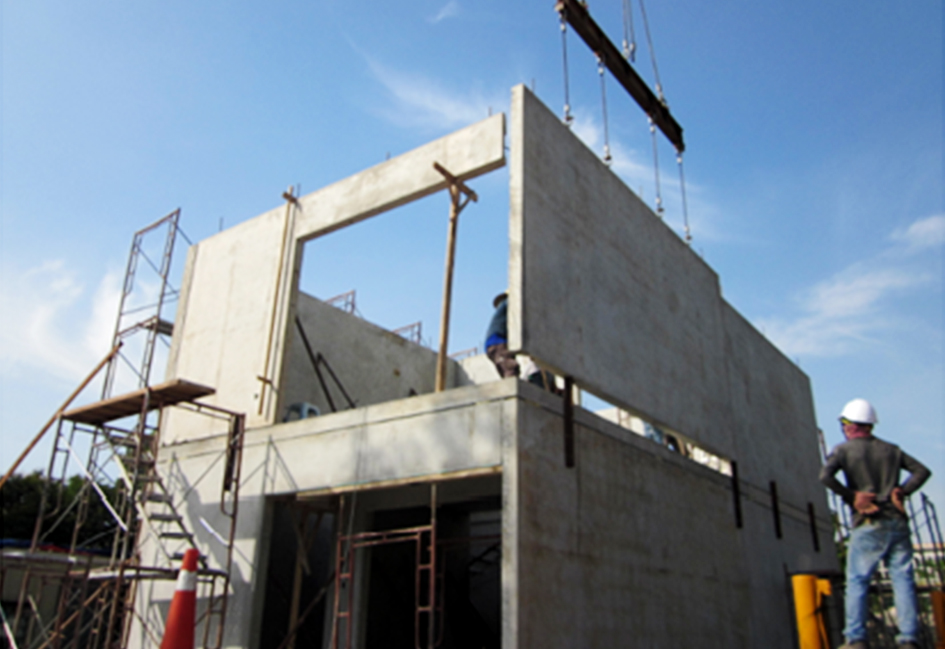
× CLOSE


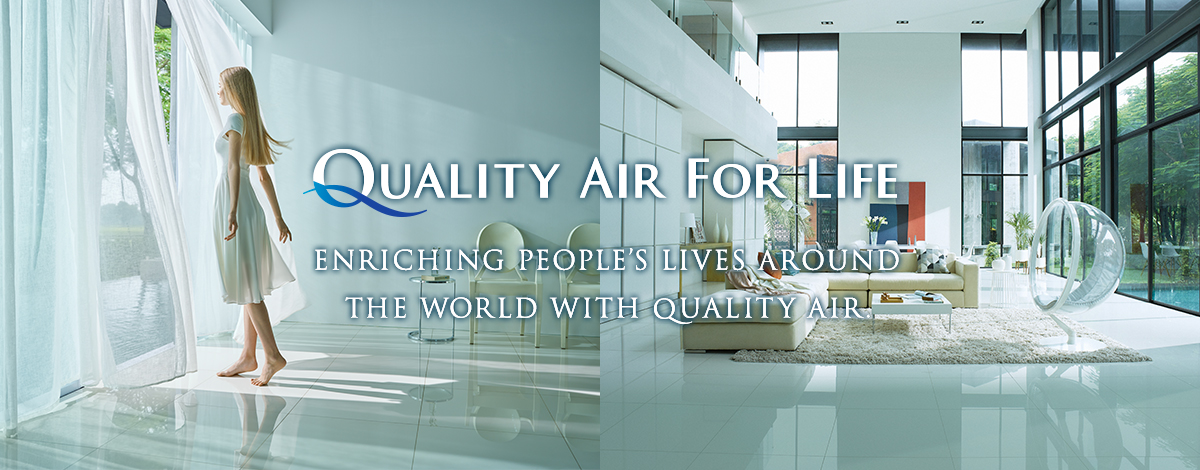
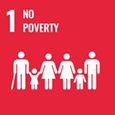
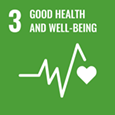
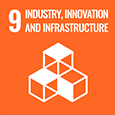
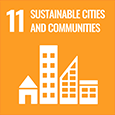
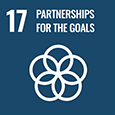
Against a background of serious air pollution caused by exhaust gas and haze in Southeast Asia, Panasonic has been conducting an air environment improvement project called Quality Air for Life (QAFL) in four countries: Thailand, Malaysia, Vietnam and Indonesia. QAFL is a concept of Panasonic’s efforts to offer the value of high-quality air achieved with the Group’s air conditioners, ventilation and energy recovery ventilation systems, and nanoe™ technology.
We have sold value-added housing that employs QAFL technologies in SAVASA, a smart town being developed in Deltamas City, Bekasi, Indonesia by PT. PanaHome Deltamas Indonesia (PHDI), a joint venture we established in 2017 with Sinar Mas Land (a local developer) and the Sojitz Group. In SAVASA’s marketing gallery, we have set up a QAFL demonstration section, where visitors can easily understand how Panasonic’s sophisticated technologies remove invisible pollutants from the air to cleanse the space.
QAFL technologies have also been introduced in MIRAI Residences, Malaysia’s first serviced apartment developed by MKH Property Ventures Sdn. Bhd., a joint venture established by Panasonic Homes Malaysia Sdn. Bhd. (a building contractor we established in Malaysia in 2012) and MKH Berhad (a local developer). As in Indonesia, the Panasonic Group has worked actively as one in Malaysia, and set up a showroom providing hands-on experience of QAFL. The Group has been striving toward resolving social issues in synergy with many partners, with Japanese quality as the standard.
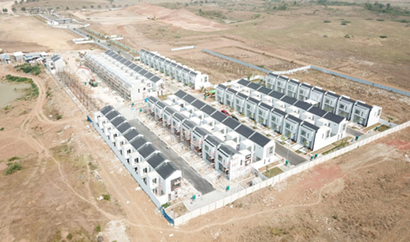
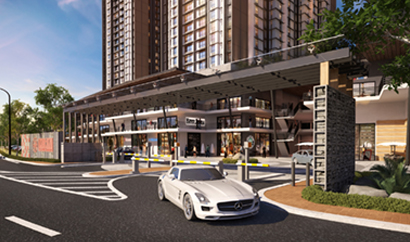
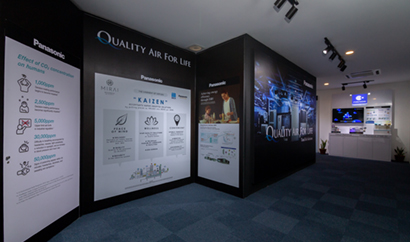

We contribute to achieving this goal by taking preventive measures against the issue of health damage rooted in environmental pollution through our services and products, and conducting educational activities toward resolution of the issue.

In response to air pollution and other social issues, we offer a living environment where people can continue to live a comfortable, healthy life, by providing products and services that employ technologies that can be means of solving such issues.



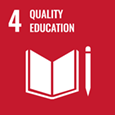
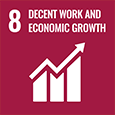


We have built prototype houses by our WPC construction method since 2015, and have inspected them and adopted the method in urban development in Indonesia and Malaysia. Based on a Japanese wall-type precast concrete structure, we have developed the WPC construction method in consideration of the hot and humid climate distinctive to Southeast Asia toward the resolution of local daily issues caused by the flimsiness of poor-performance buildings, including an increase in electric consumption due to excess use of air conditioners, leaky roofs, and water leaks, as well as local social issues, including prolonged construction periods due to the use of infant construction technologies.
In the WPC construction method, large precast concrete panels are produced with building materials commonly used in the ASEAN region (concrete and reinforcing rods) and steel forms, and are assembled at the construction site. Compared with the locally common construction method of bricklaying, the construction period is about three months shorter. Moreover, since WPC is an on-site construction method, a simplified yard for panel production is set up in the development area, eliminating the panel transportation process. Furthermore, after all the panels are produced for the site, the simplified yard is relocated for reuse.
What is more, the panel joining method we employ for assembling the large panels does not include welding, which reduces fluctuations in performance due to the skills of individual workers. Also, the method is also hardly affected by the weather. This ingenuity enables us to promptly supply housing of stable Japanese quality.
At urban development sites, we actively cooperate with local partner companies to allow locally hired workers with diverse cultural backgrounds to maintain high quality.
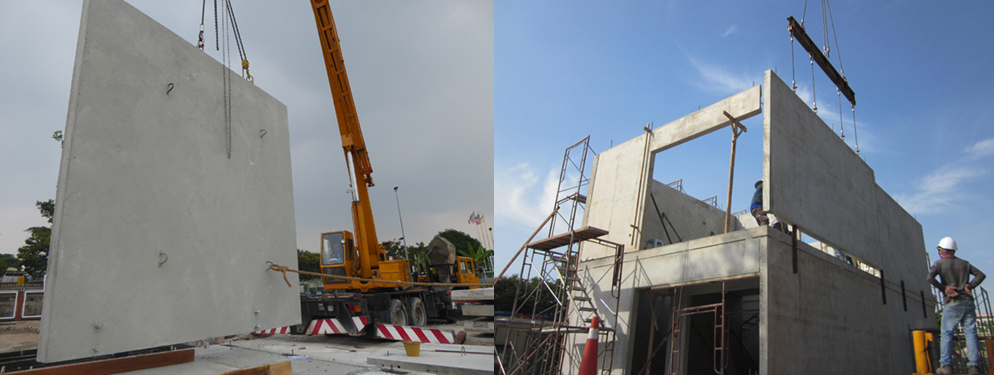
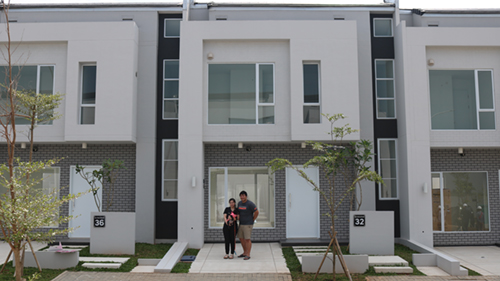

With the strength of our products and services, we lead those who are in a fragile situation due to the local climate and environment to a comfortable state. With the introduction of the WPC construction method, which takes into consideration the local climate, natural features, and social issues, we offer housing where people can continue to live with peace of mind.

We strive to improve workers’ technical skills, so that, at the construction sites where a diversity of people from various cultural backgrounds work, all of the workers can provide stable work quality. We also work actively to ensure safety management and thorough legal compliance at the construction sites.

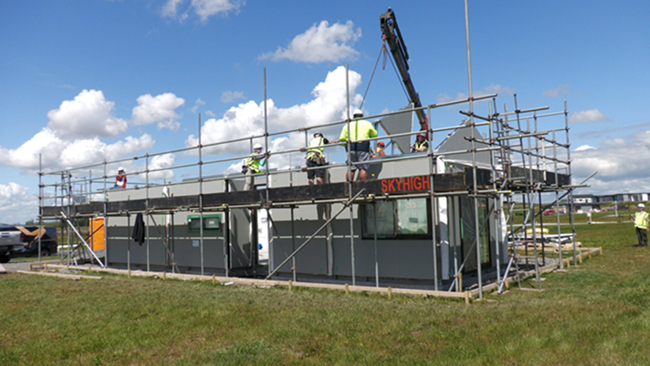


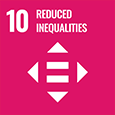


In March 2019, we were selected for a New Zealand government-led project launched to eliminate the nation’s housing supply shortage on a scale of 100,000 houses. Toward the resolution of housing shortage in New Zealand, a country that is as earthquake-prone as Japan, the government selected us in appreciation of our prefabricated houses in terms of the short construction period, our large-panel structure highly resistant to earthquakes, and our high-quality production in factories.
For the project, we adopted materials for large-panel structured (F method) houses in Japan. At our Koto Factory (Shiga Prefecture), we produced materials for prototype houses (including roofs, floor panels, and external-wall panels pre-equipped with sashes) and shipped them from Nagoya Port. From September 29 to October 1, 2020, in the Waikato Region, we collaborated with Mike Greer Commercial Ltd. (MGC), a local construction company, to install the external walls, pillars, beams and roofs to complete the frameworks of the houses. Full use of the characteristics of prefabricated houses and the minimization of work to be done at the construction site led to stable construction quality and a shorter construction period by up to four months, compared to New Zealand’s typical housing production (conventional construction method).
Under government restrictions on entry to New Zealand due to the COVID-19 pandemic, our technicians gave architectural technical guidance online from Japan to MGC’s staff in charge of construction to complete the frameworks of the houses, contributing to improving local builders’ skills.
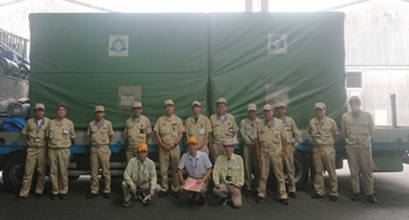
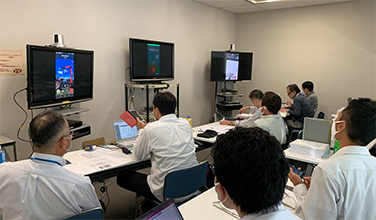


Housing companies are required to promote opportunities to acquire affordable housing and to complement administrative efforts.
In this government-led project to solve a social issue of New Zealand, we have worked with the government toward the resolution of the issue by offering help to improve the local living environment.
Through our assistance based on our activities in Japan, we would like to be of help toward the achievement of many of the SDGs beyond national borders and racial barriers.
Panasonic Homes is a group company of Prime Life Technologies Co., Ltd., which was established by Panasonic Holdings and Toyota Motor Corporation with the aim of creating future-oriented cities.